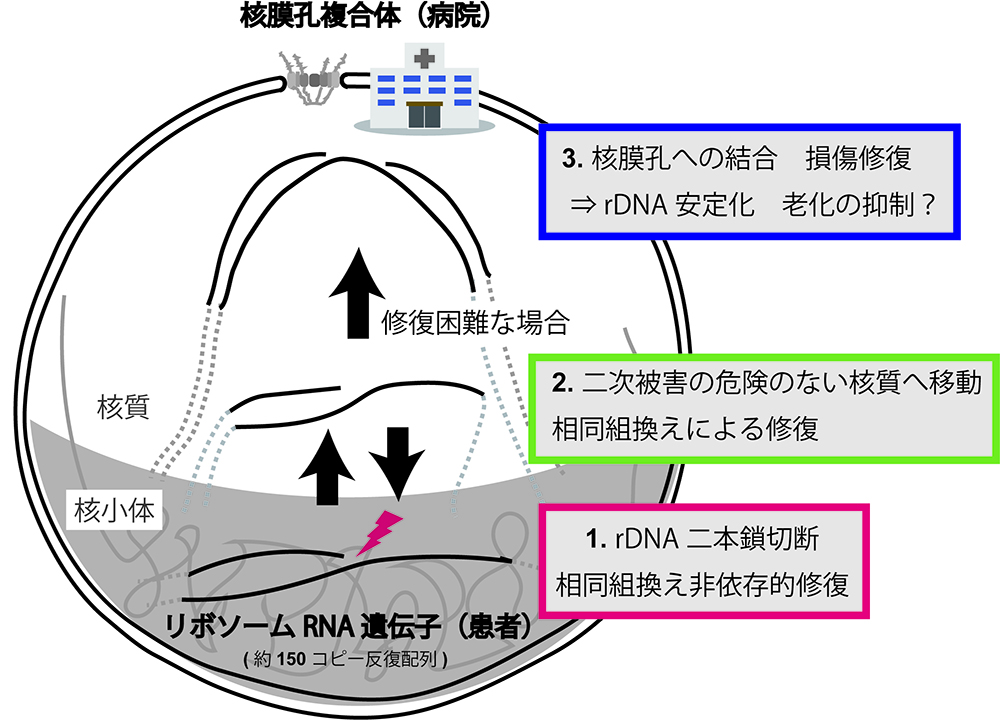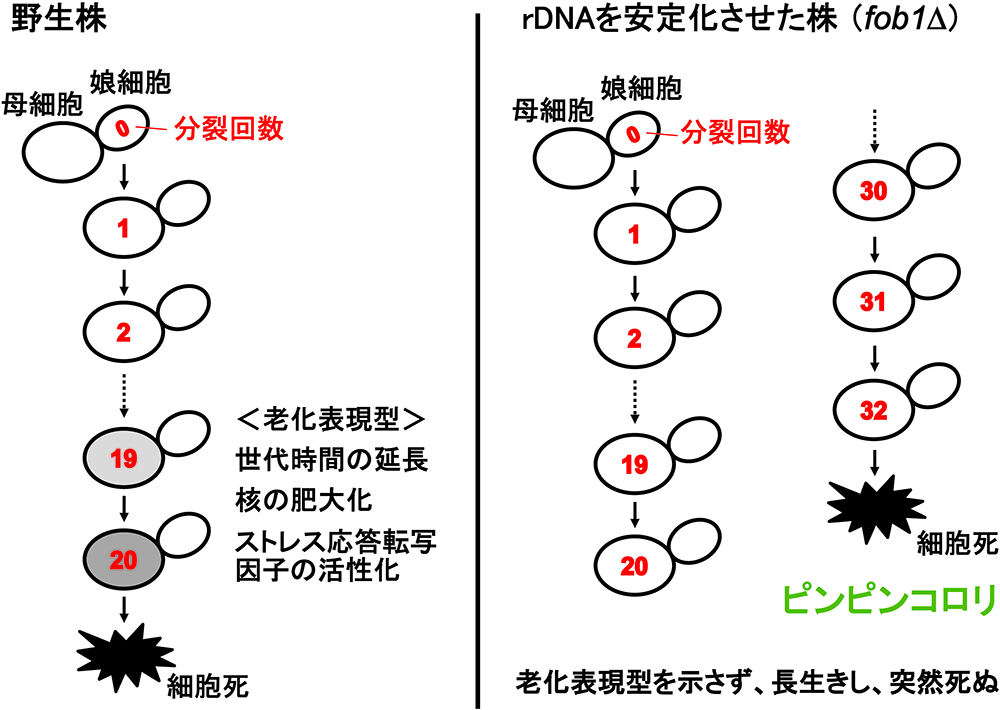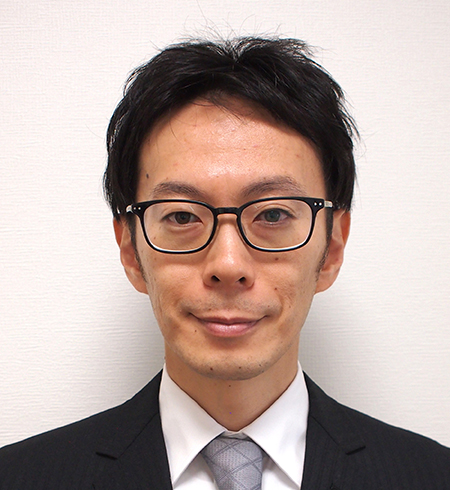| Name | Chihiro HORIGOME |
|---|---|
| Position | Associate Professor |
| Tel | 022-757-4331 |
| chihiro.horigome.b7*tohoku.ac.jp(Please replace * with @) | |
| Research Interest | Chromatin dynamics, DNA repair, Aging/Rejuvenation |
| Career | Education: Ph.D. (Agriculture) Graduate School of Biosphere Science, Hiroshima Univ. (2008) Research Experience: JSPS Research Fellow (DC2, PD), Hiroshima Univ. (2007-2009), Postdoctoral Fellow, Friedrich Miescher Institute for Biomedical Research (2010-2015), Research associate, Institute of Molecular and Cellular Biosciences (2018- Institute for Quantitative Biosciences) (2015-2020), Assistant Professor, Tohoku Univ. (2020-current) |
| Research map | https://researchmap.jp/10771206?lang=en |
| Research Projects | |
|
1.Chromatin dynamics in DNA repair Chromatin is not static but rather dynamic in the context of DNA repair. In budding yeast, persistent DNA double-strand breaks are recruited to the nuclear periphery and associate with nuclear pores or with an inner nuclear membrane SUN domain protein called Mps3. We have shown that the ribosomal RNA genes (rDNA) are also recruited to nuclear pores upon the induction of DNA double-strand break. The association with nuclear pores inhibits unequal sister-chromatid recombination and stabilizes the rDNA repeat. We are studying on the mechanism and the physiological role of the chromatin dynamics.  | |
|
2.Aging/Rejuvenation in yeast We are interested in aging/rejuvenation and asymmetric cell division. Budding yeast cells have replicative life span (RLS, ca 20 divisions) and it is thought to be comparable to asymmetric division of human stem cells. Recent single cell analysis of budding yeast has been shown that the stabilization of rDNA extends not only their lifetime but “healthy” life span. Through the rDNA study, we are looking for novel strategies of achieving healthy aging. Interestingly, RLS is asymmetrically divided during cell division in budding yeast. Although mother cells age by each division, RLS is renewed in daughter cells. To unlock mystery of human aging/rejuvenation, we are focusing on the asymmetric cell division of budding yeast.  | |




